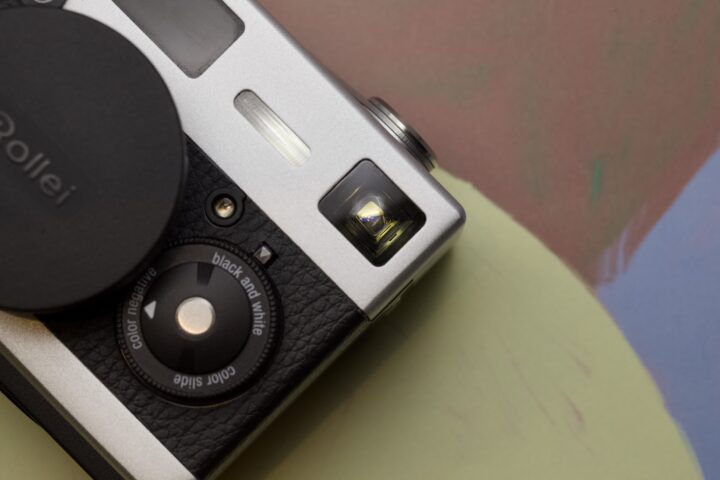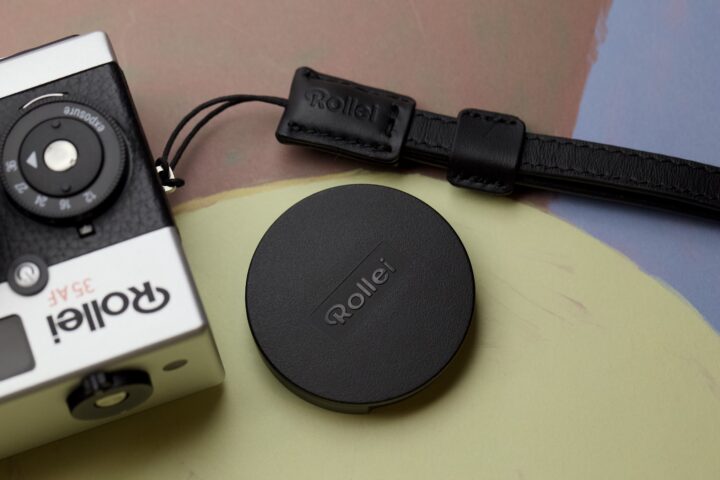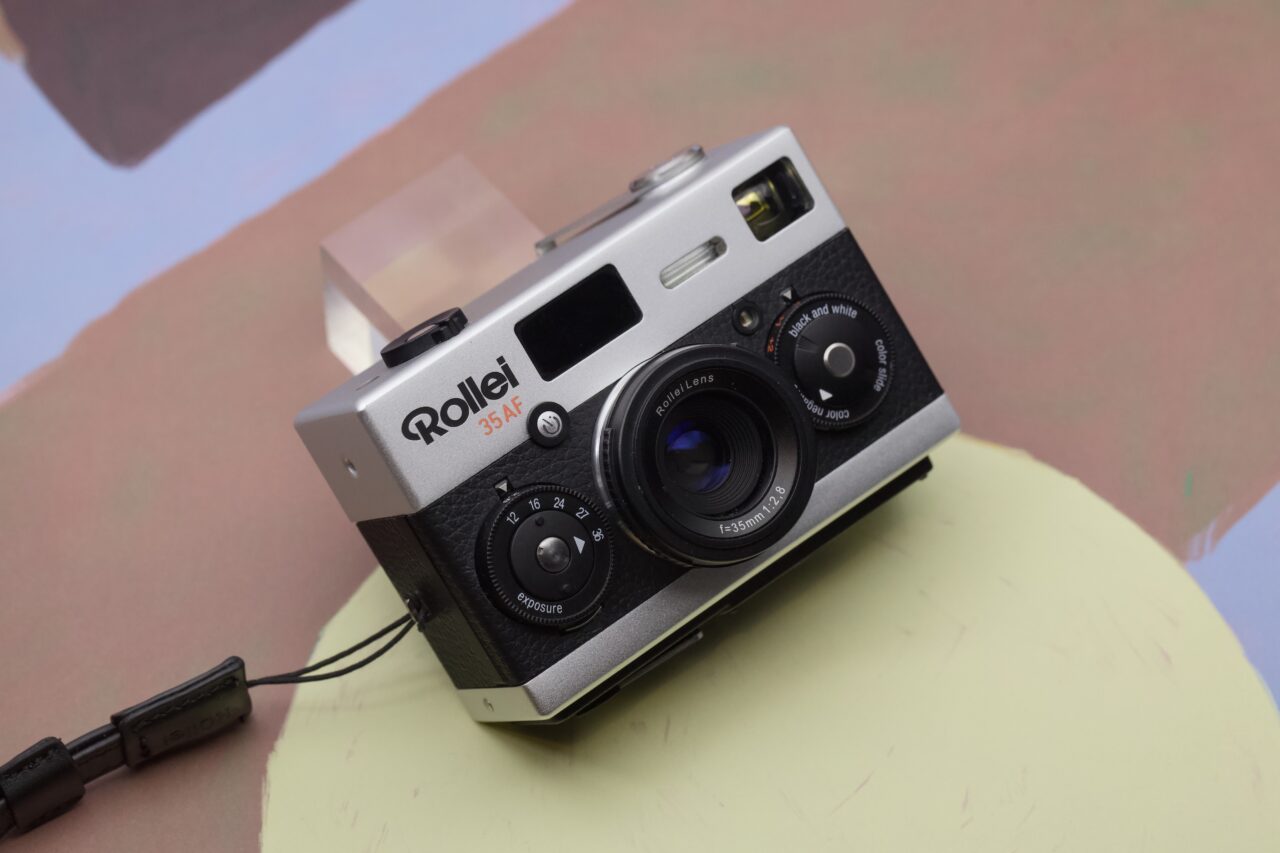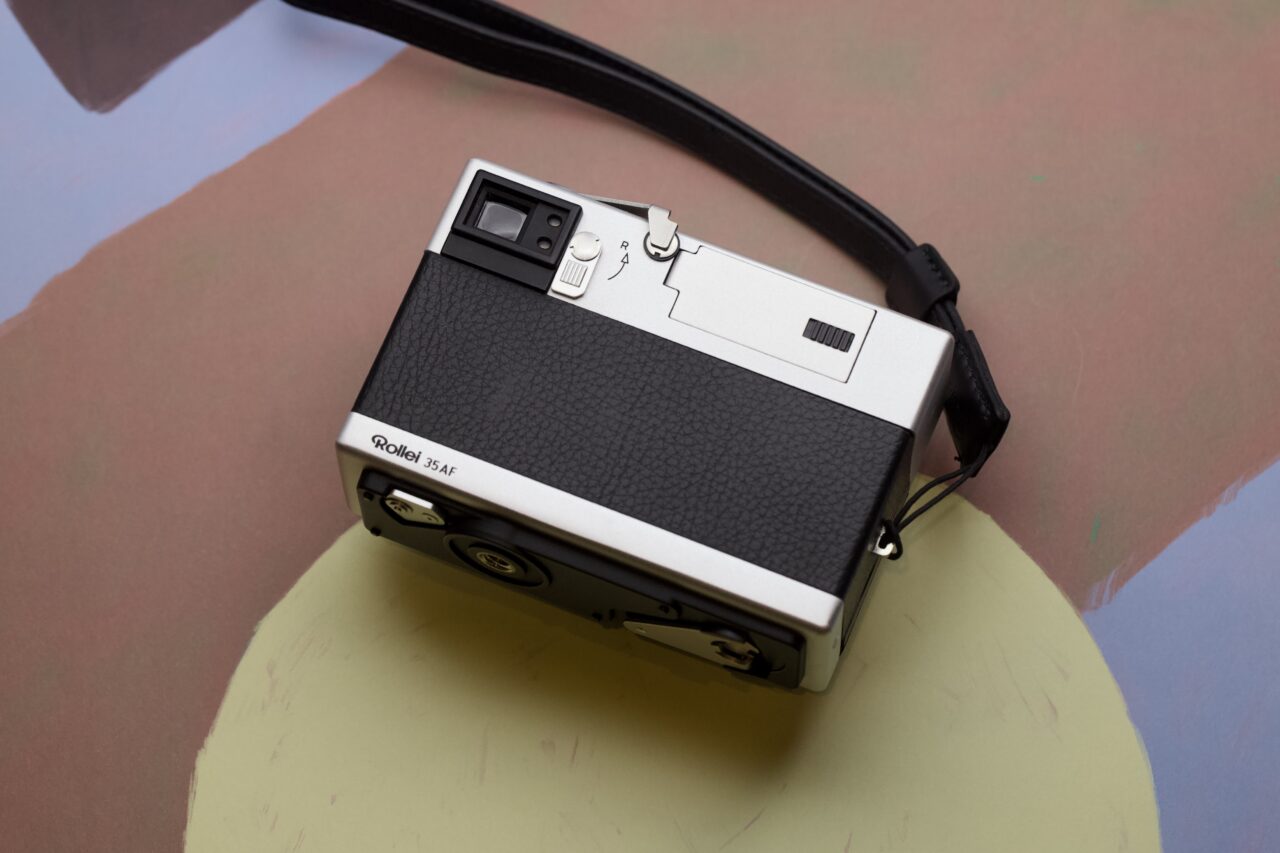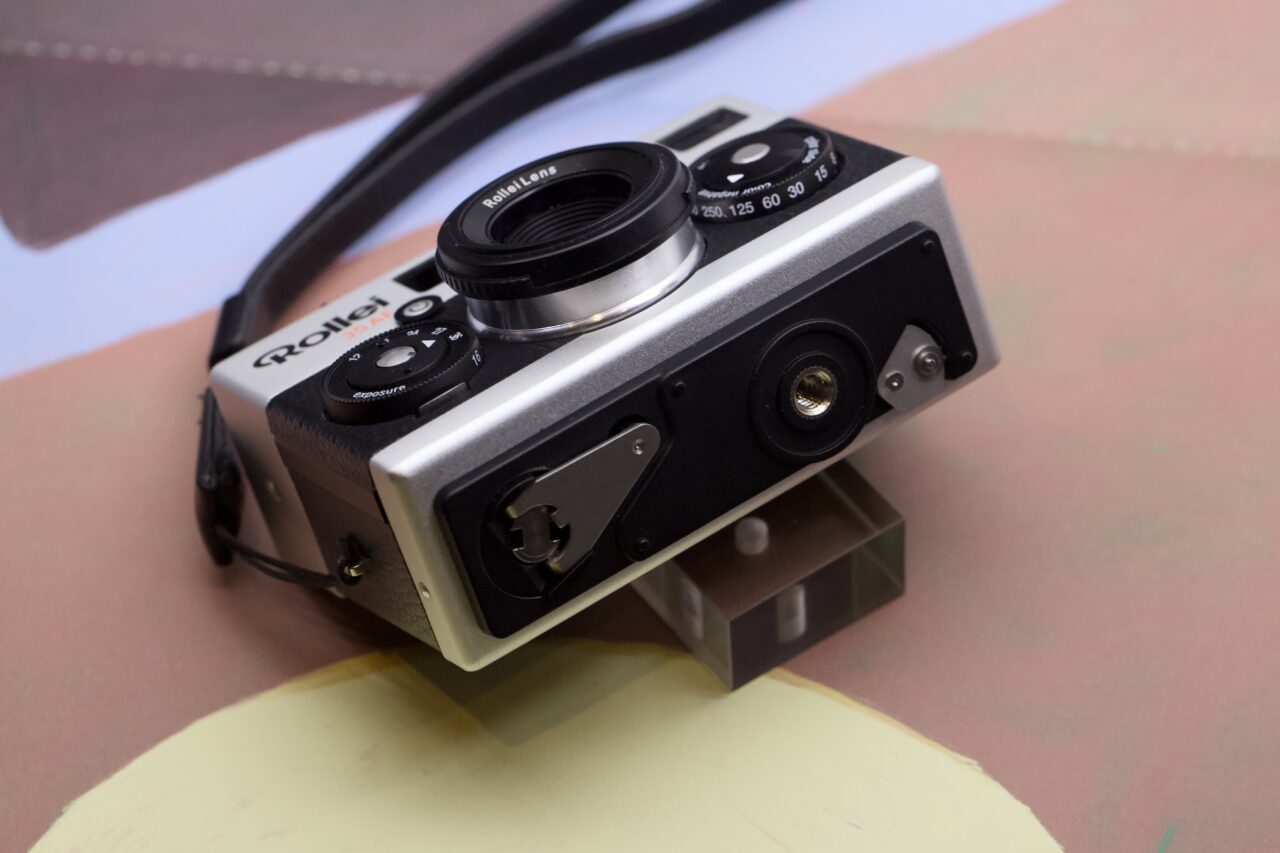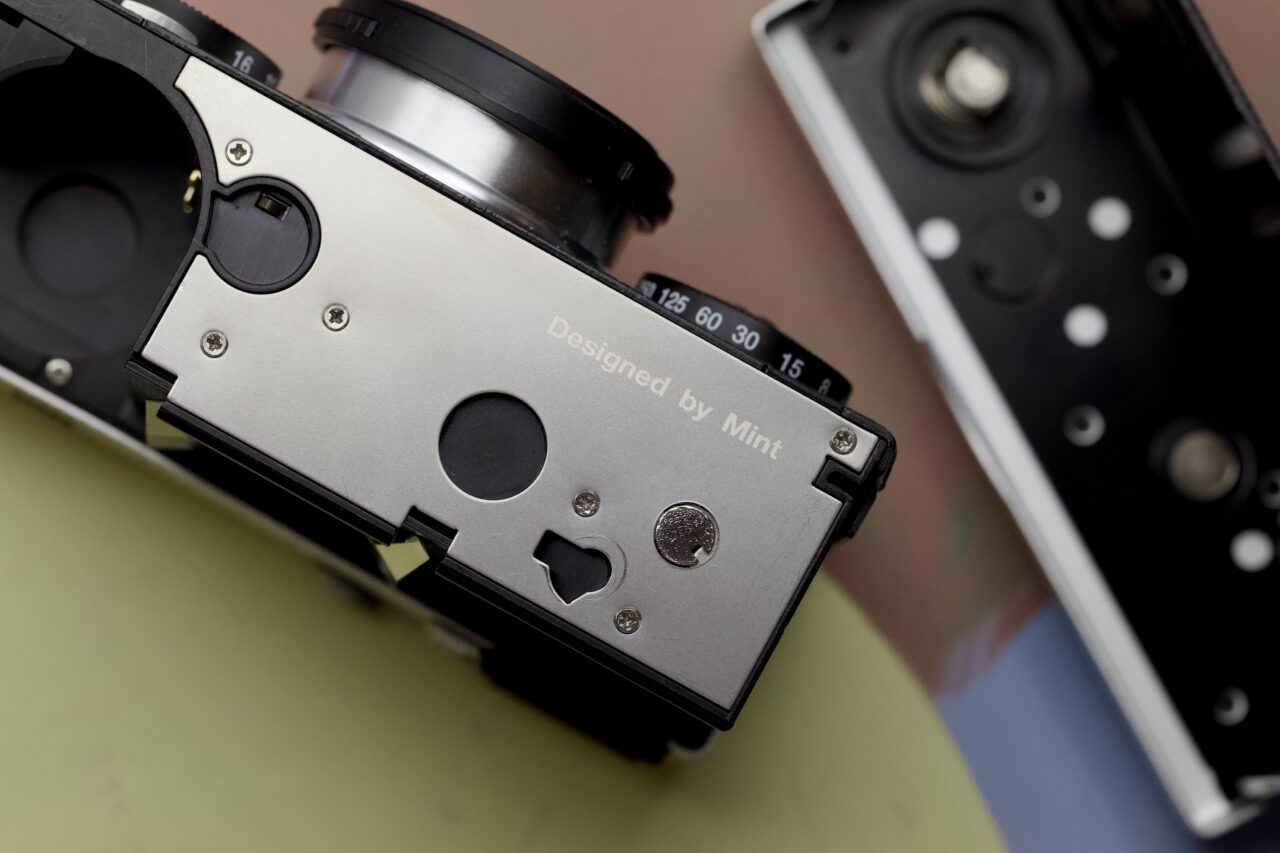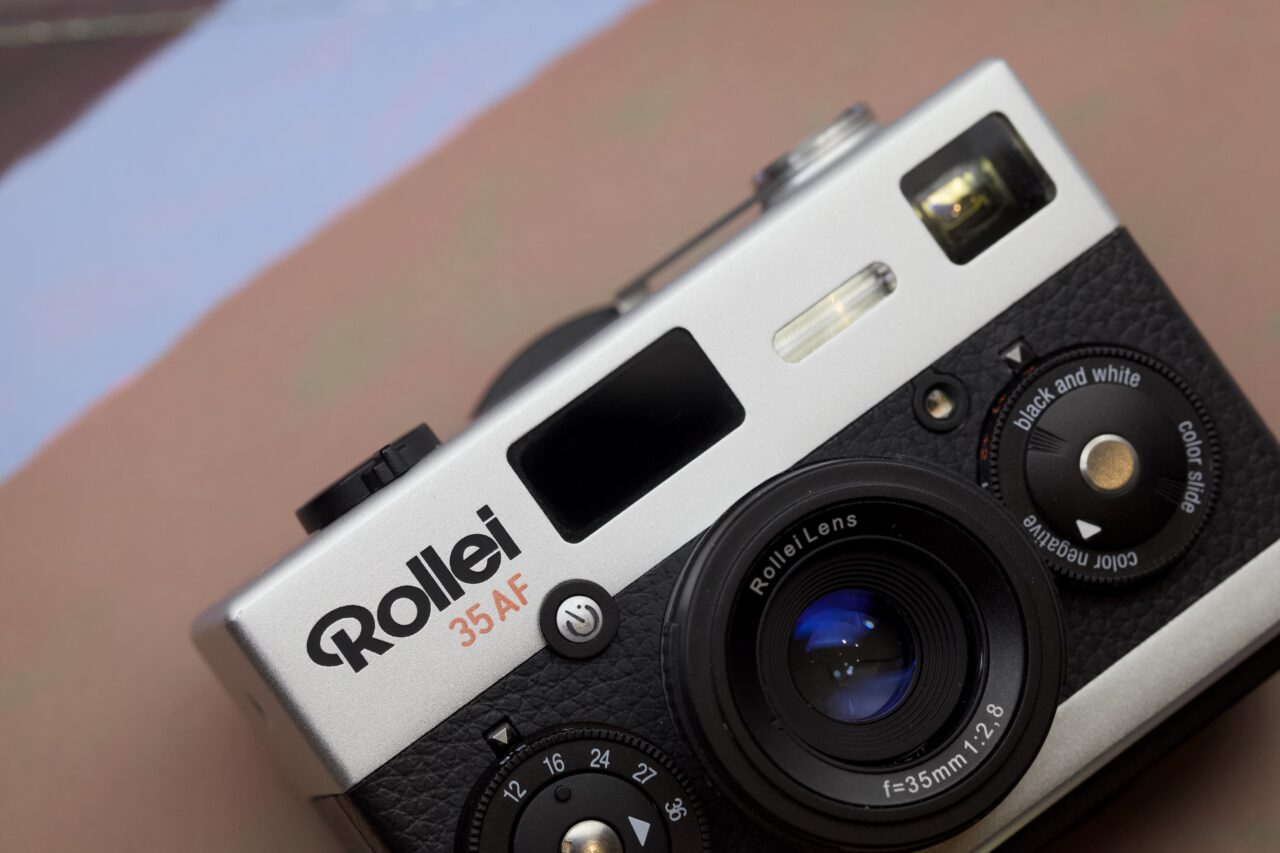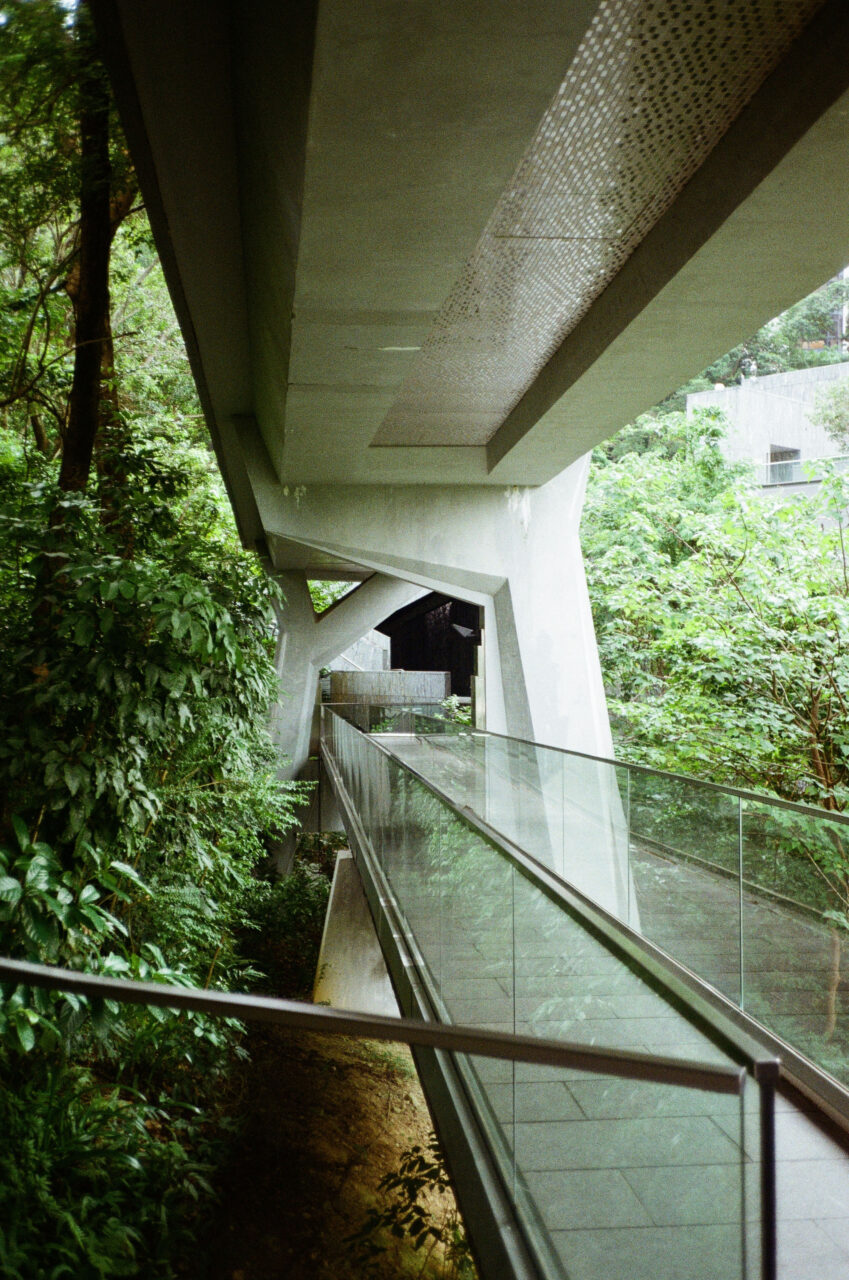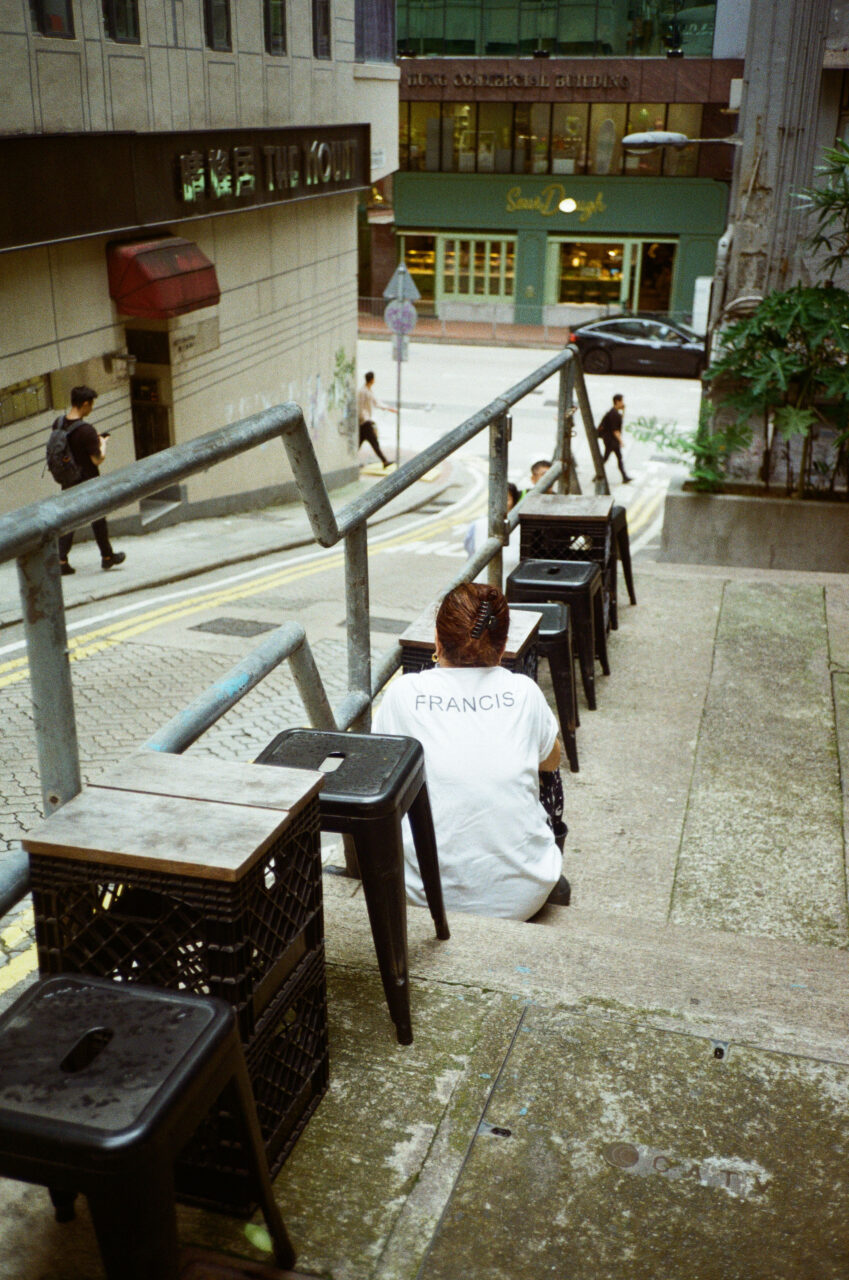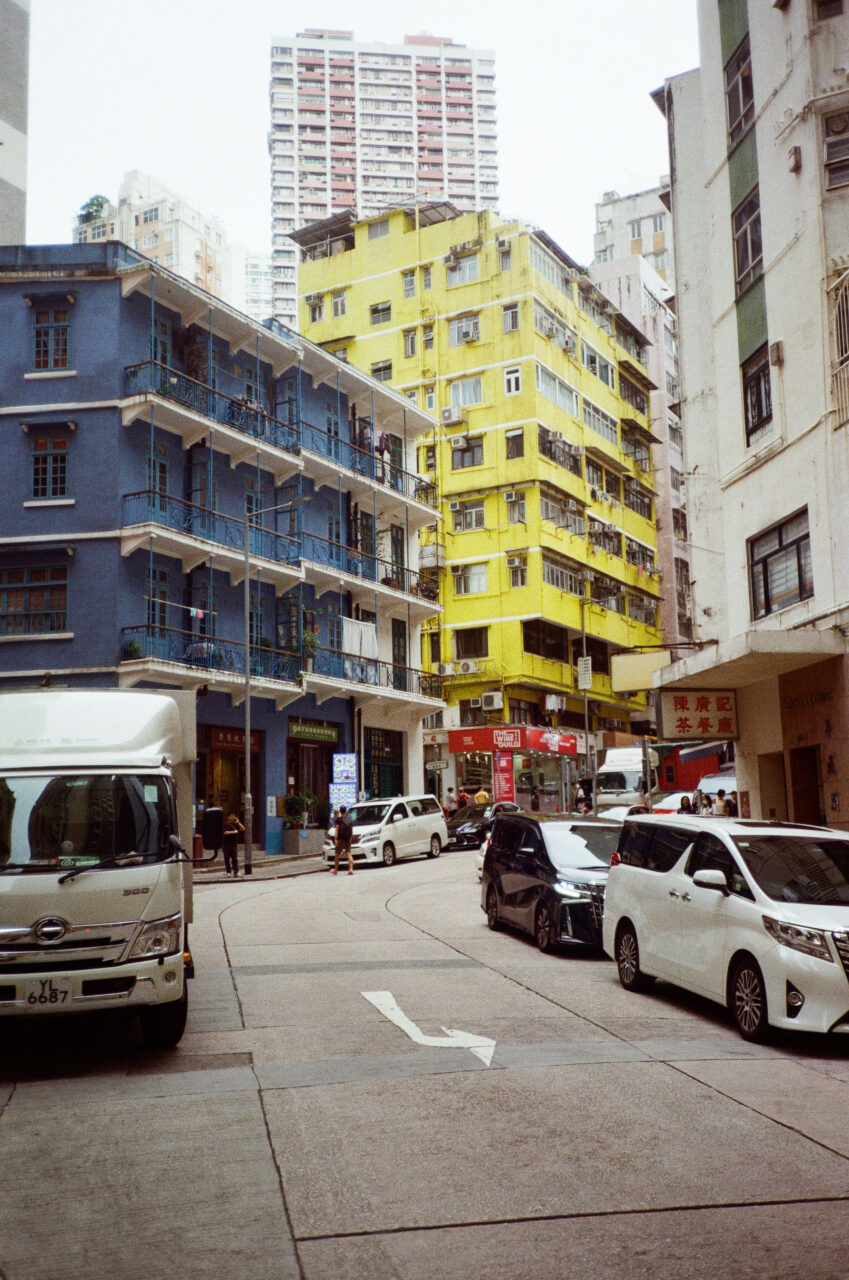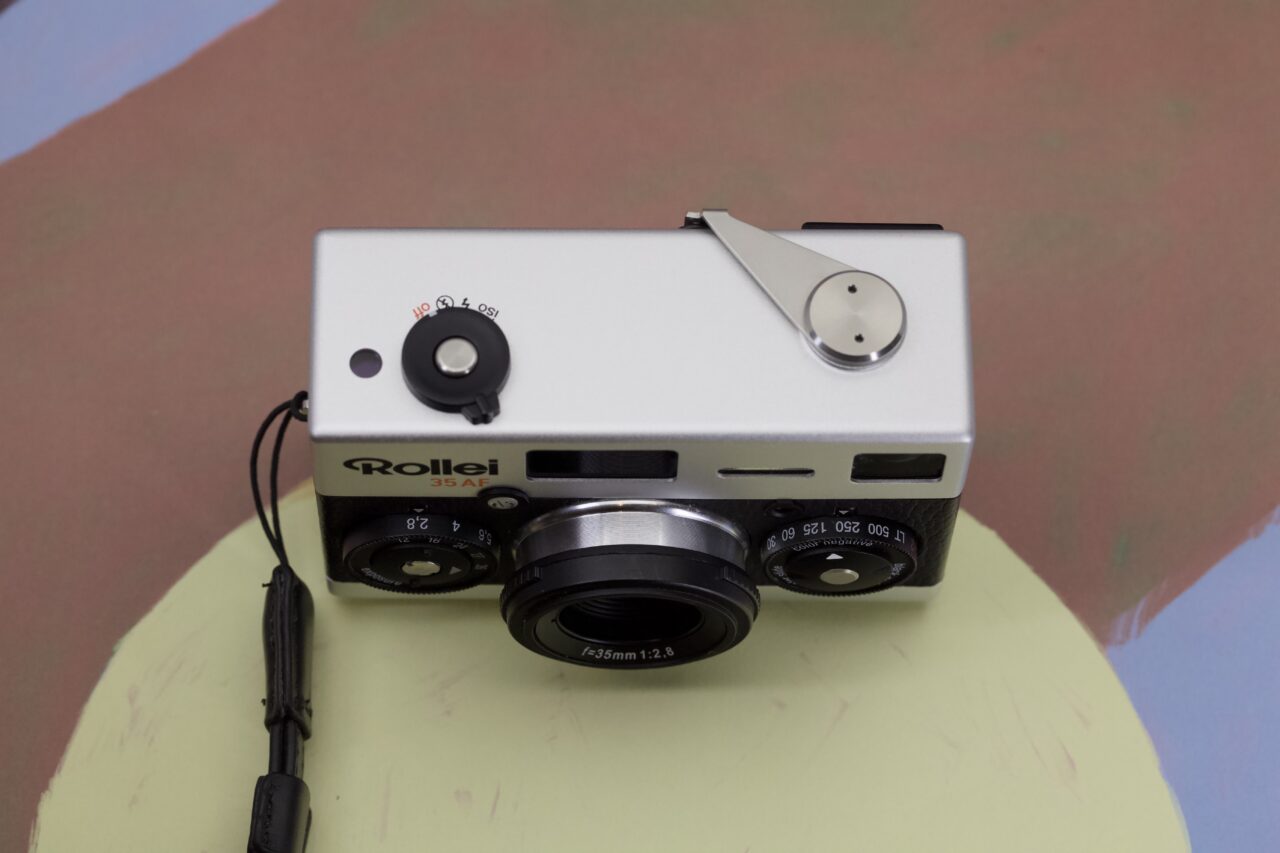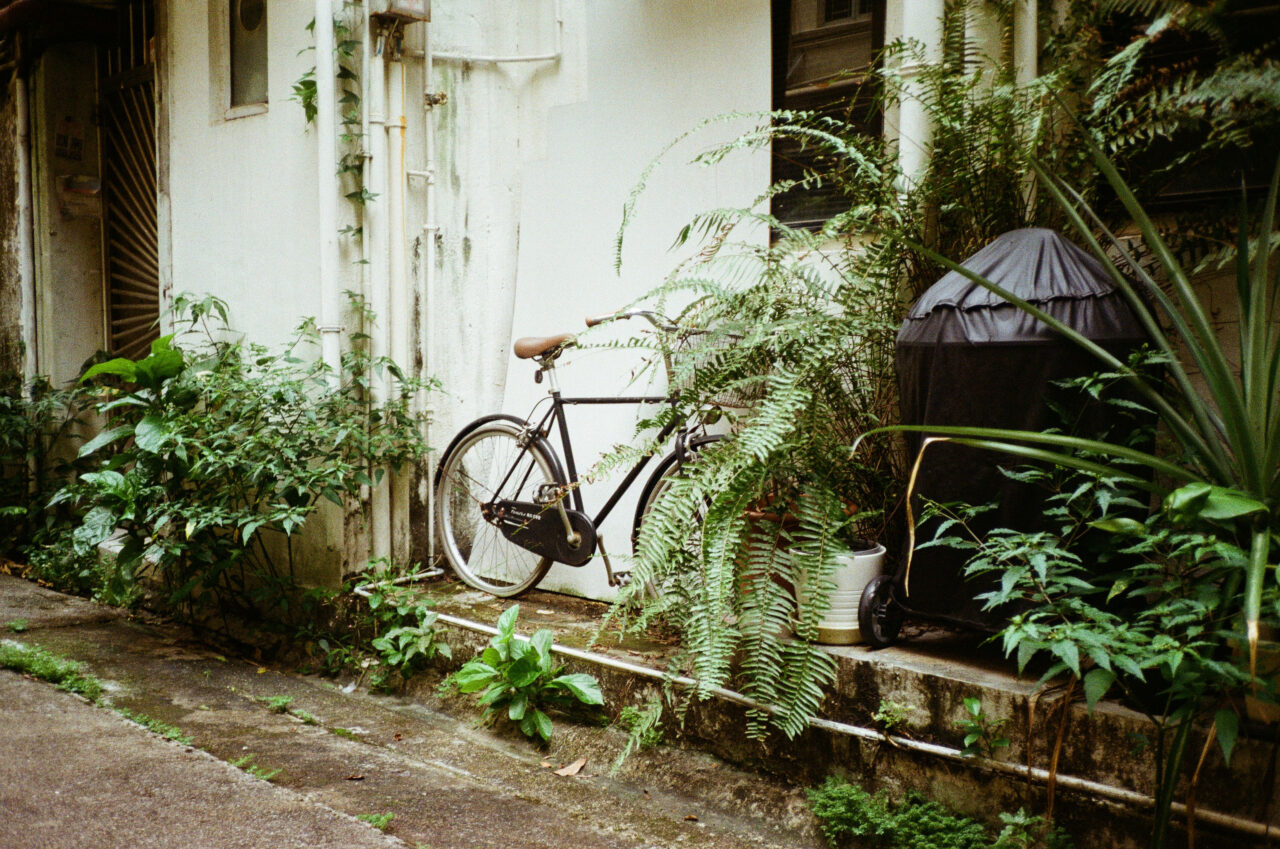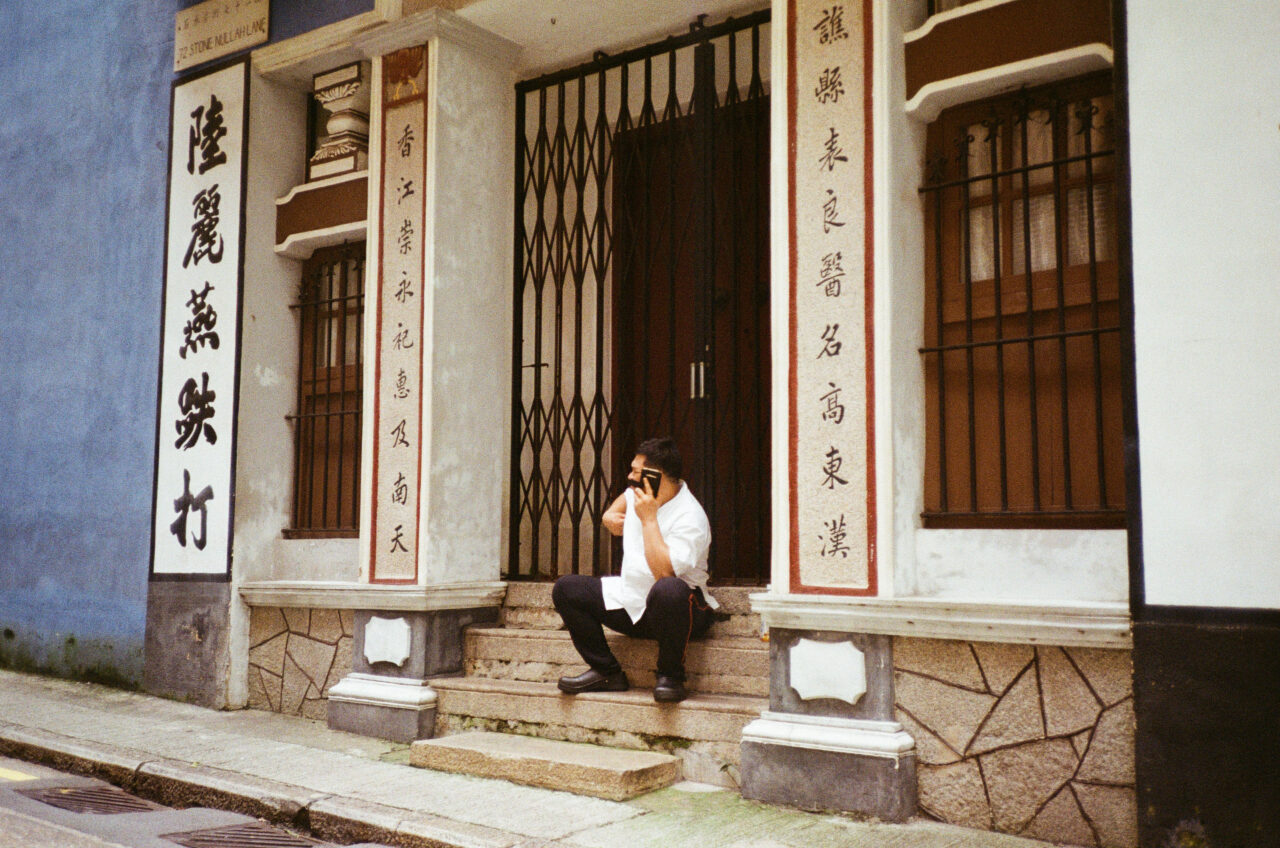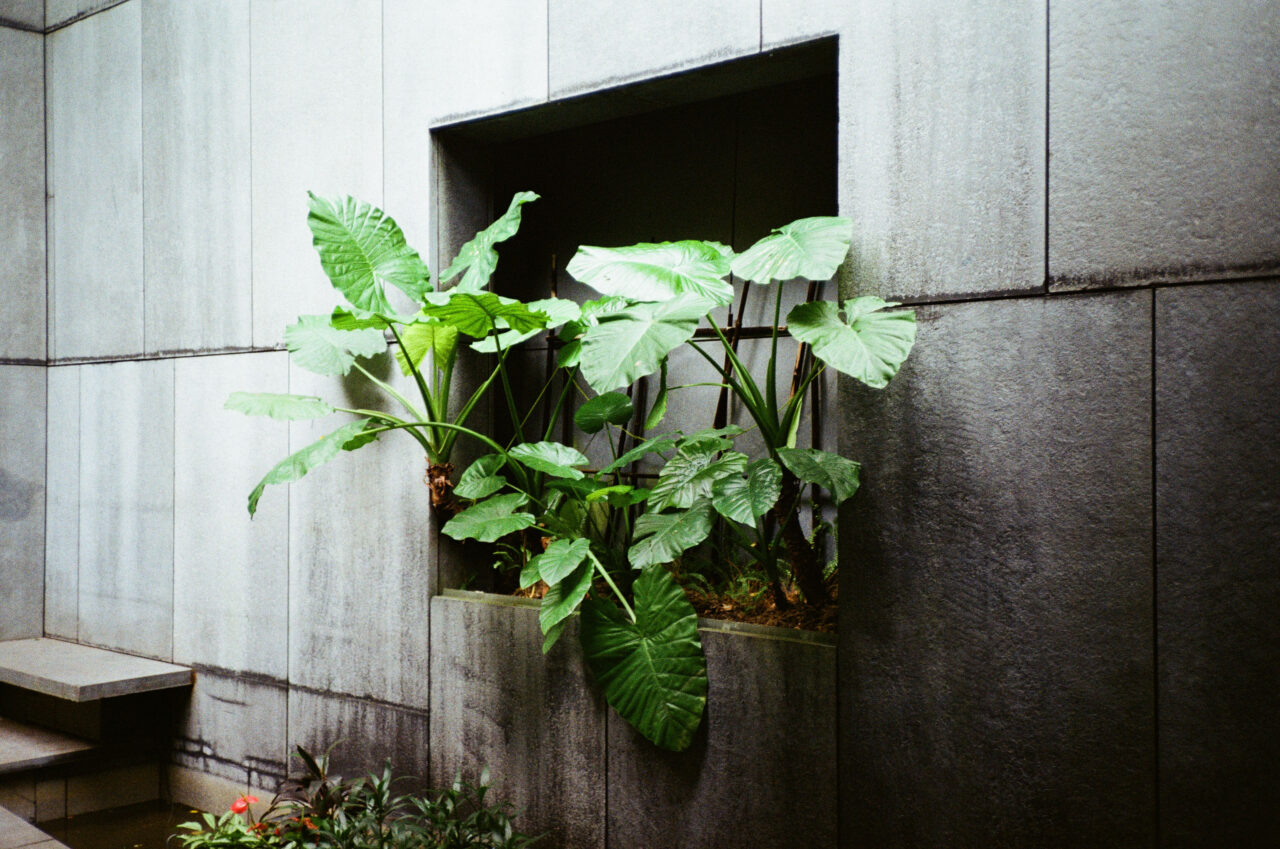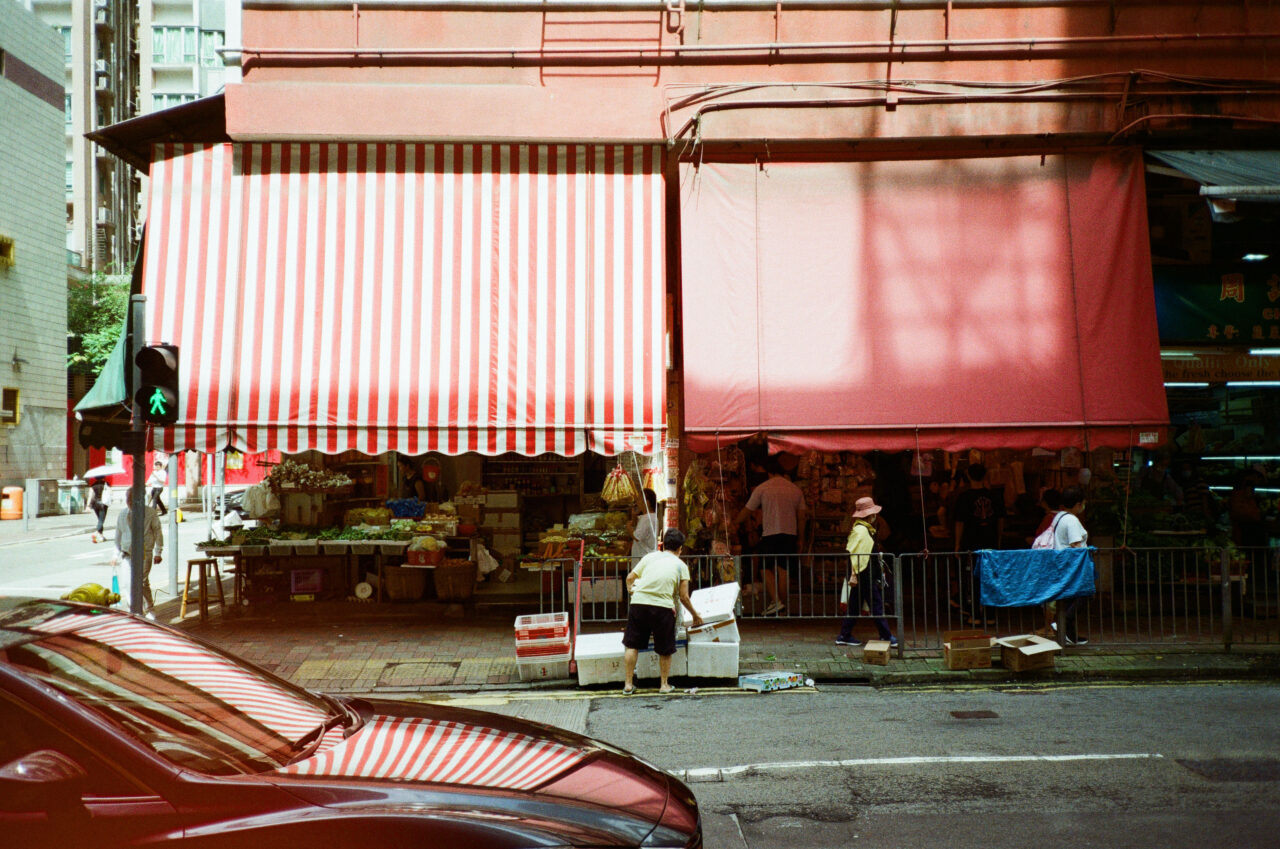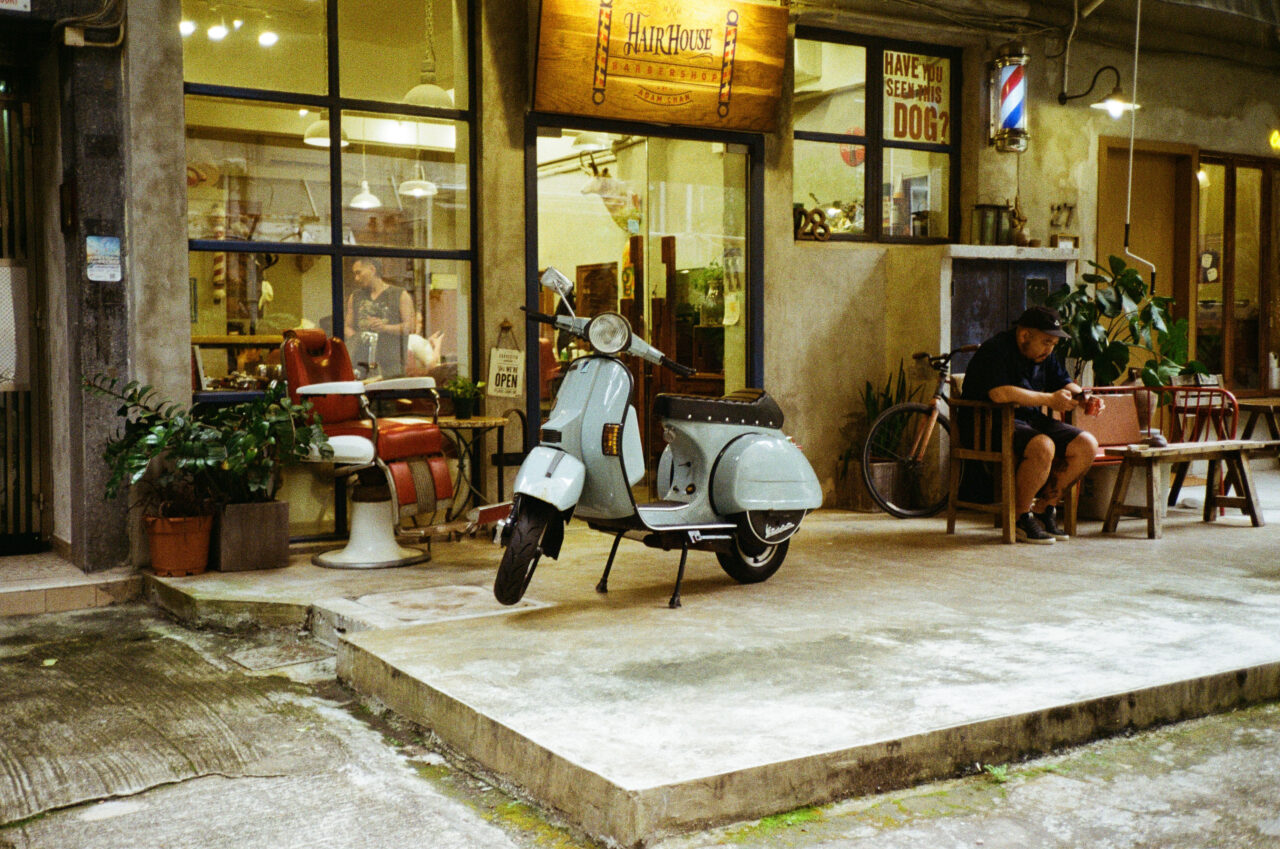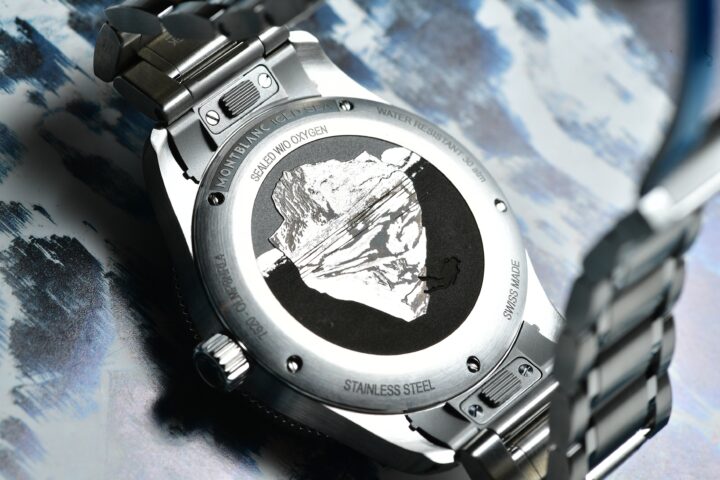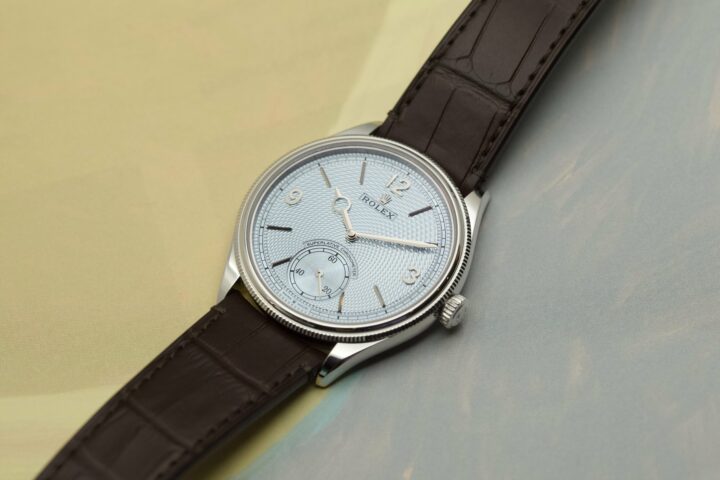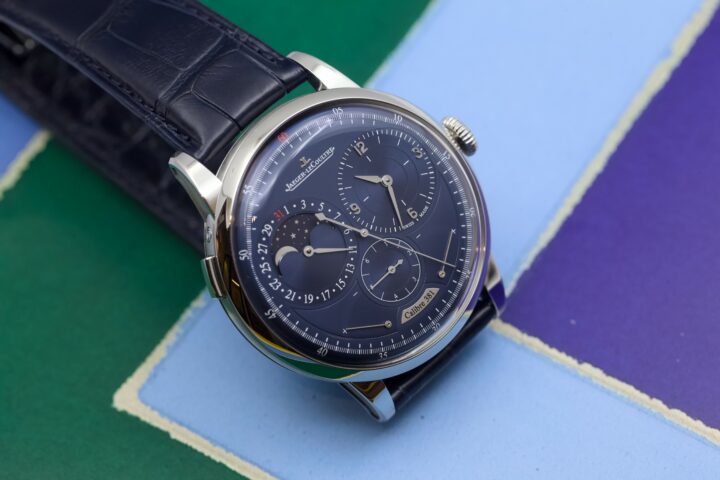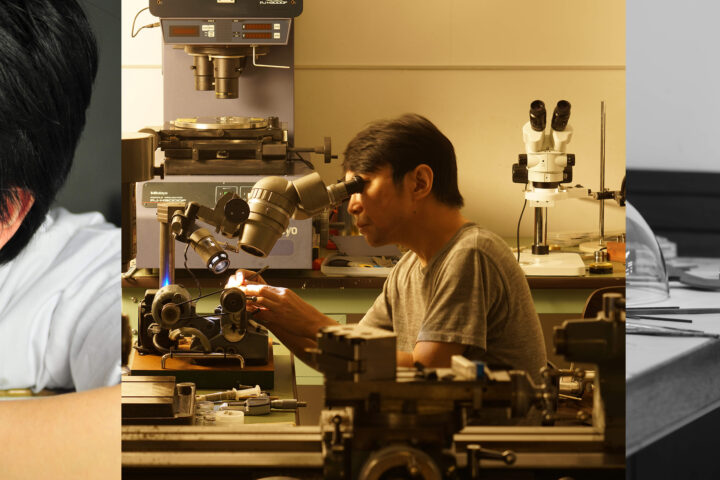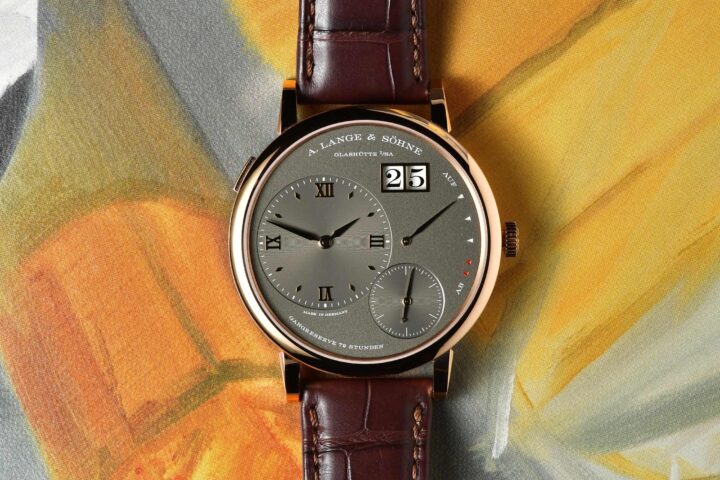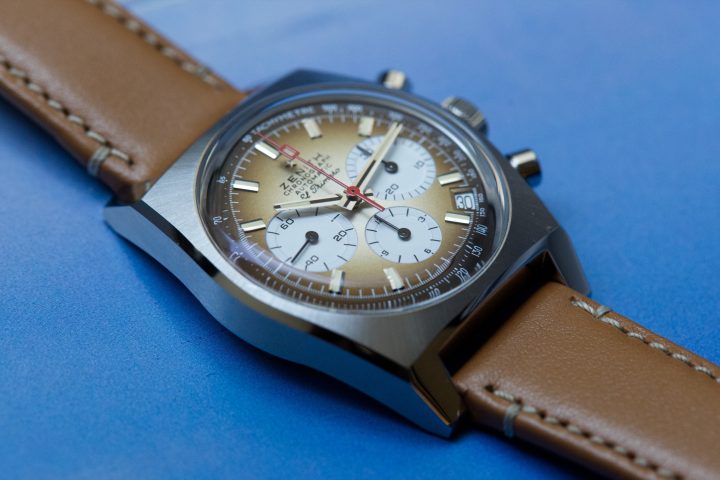While few photography enthusiasts and seasoned professionals will work with traditional film now, in recent years it has regained its popularity supported by the younger generations who seek a slightly different experience and the moody look of film compared to the readily decent and default quality produced from a smartphone or a point-and-shoot digital camera. The demand is quite apparent from the surge in prices across the 135 format and even in some 120 or larger formats. Even once well-loved point-and-shoot film cameras that have been collecting dust in the corner of our cabinets are now endorsed as some “cool toys” for their nostalgic essence. As much as the market remains very small compared to digital cameras, there are thankfully some manufacturers who are willing to invest in revamping or even making new cameras for those who are passionate about film photography.

Announced a while back and soon to hit the market, this Rollei 35 AF is certainly a notable revamp for not only the name of the brand, the lovely old-school appearance inherited from the original design, and also the efforts put into developing a reliable focusing system. The original Rollei 35 was a camera first introduced in 1966, and it was a great commercial success given its small size for a full-frame camera. All the controls are made as compact as possible, including a collapsible lens. One of the drawbacks though is that it has a viewfinder which allows only zone focusing, a bit of a guesstimate task and requires a slight learning curve before familiarising yourself with the concept.
Proudly researched and developed by Mint Camera, a company in Hong Kong, the new Rollei 35 AF graciously retains the size and the original design while incorporating a new lens that no longer collapses, with modernised controls and functions, including an autofocus system, a flash, a built-in light metre, and a mini OLED display, all operating off a CR2 battery. This makes the camera easier to handle and operate, even anyone new to the hobby can easily shoot comfortably with few of the quirks of analog photography.
The autofocusing system utilises a remote sensing technology, or Lidar, to detect the focusing distance from the subject. After cocking the film with the advance lever, the shutter button then raises up, and from there half-pressing the button will activate the autofocusing system and retrieve a light-metre reading on the little OLED screen on the top of the camera. It is relatively accurate and quick if you place the subject in the centre for calculation before taking the shot; there is also a little green light beside the viewfinder to indicate if the focus is ready. Despite having only a day with the camera, the focusing system feels quite reliable once you get the hang of it. The focusing speed is not what I would describe as super fast, but it is quick enough to catch up and capture moments of happenings in time for street photography.
The aperture and shutter speed control remain unchanged from the original design and can be adjusted using the two flat knobs beside the lens. New to this camera however is the A (automatic) mode for the shutter speed, options for exposure compensation from -2 to +2, as well as an LT mode (long exposures) for anything above 2 seconds to 60 seconds. So if needed you can always take full control over the exposure settings for creative shots.
The mode selector knob on the top plate gives three options: flash on, flash off, and a custom ISO mode. The flash range is about 3.5 metres at f/2.8. And, although the camera is equipped with the cartridge DX code reader (for those unfamiliar, this is the code that allows the camera to read the film’s characteristics), the reading can be overridden by the ISO mode, where the self-timer button doubles down as a select button.
In terms of the lens, it is a 5-element 35mm f/2.8, capable of focusing from 70 cm to infinity, which comfortably accommodates most daily and street shooting scenarios. According to the development team, the lens was designed with the help of some retired Pentax engineers. For a lens this size the performance is solid. It is not clinical but still very sharp to begin with, distortion is very minimal and the fall-off is quite satisfying in setting a mood.
What this camera does best though is perhaps to induce the interest of those who are new to photography. With all automatic features combined, essentially an aperture priority mode, the camera allows just enough ease to create shots, with the depth of field much preferred, without leaving behind the fundamentals of optics. The quality of the camera is nice, and the look is impeccable, but it is relatively light even with a roll of film loaded, so it could be at times challenging when shooting with lower shutter speeds. Nevertheless, I would imagine this to be a suitable camera to use on a trip because it is light, compact, and easy to use so that you can always capture some personal moments and scenes, and perhaps even allow those around you to try the camera and discover film photography.
